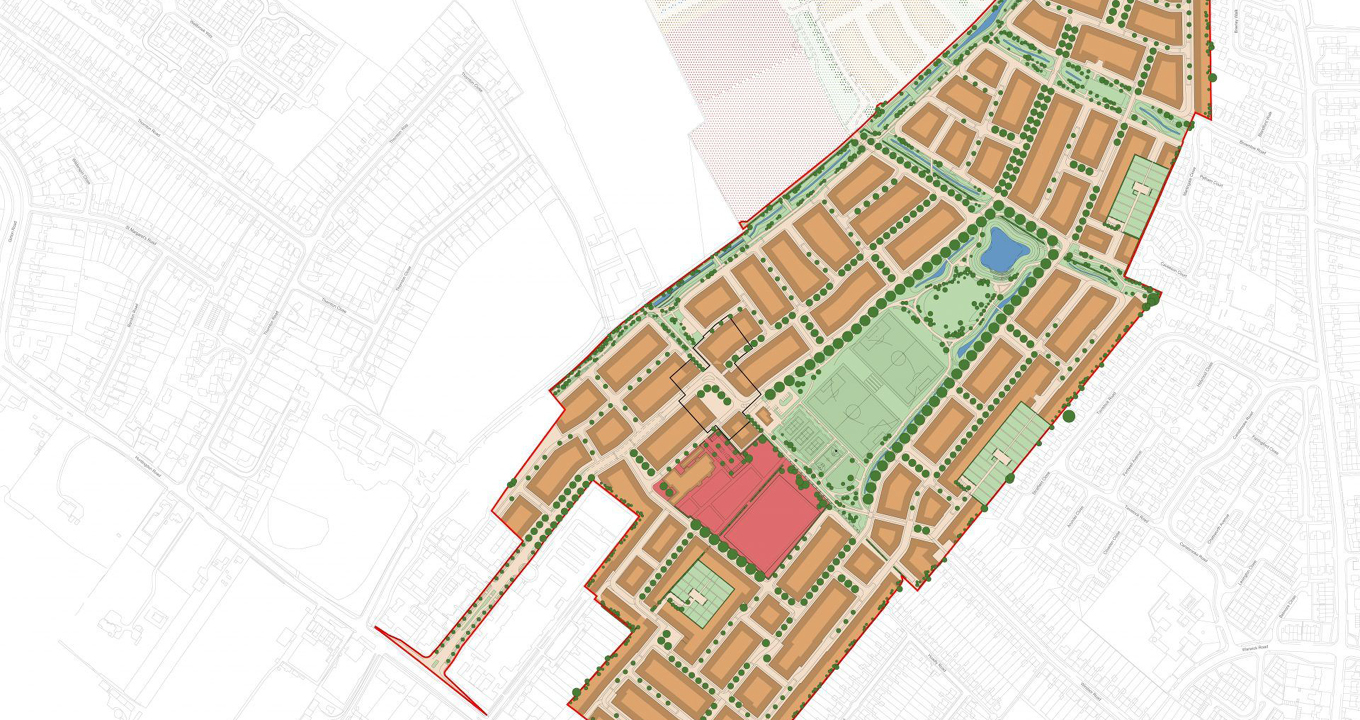By Jason Horner, Director of Infrastructure and Environment, Hilson Moran
At this year’s UK Real Estate Investment & Infrastructure Forum (UKREiiF) in Leeds, a key message resonating across the conference was how utilities infrastructure poses a genuine risk to economic and housing growth. Panels throughout the week focused on how to unlock developments constrained by water and sewerage and, in particularly, power incapacity issues. And there was diverse range of opinions in regard how to mitigate this risk on the two round tables I sat on.
It is against this backdrop that the BBC has published an article on the approval of 153 new homes in Buckinghamshire with no sewage treatment capacity to support them. The story perfectly encapsulates the kind of disconnect we must address if we are to meet housing targets responsibly and sustainably.
The Growing Strain on Wastewater Infrastructure
The situation in Buckinghamshire is unfortunately symptomatic of a broader issue. The Environment Agency and Natural England are increasingly raising the alarm about developments that outpace infrastructure upgrades. Just weeks ago, similar concerns were raised in Oxford, where the potential stalling of 18,000 new homes hangs on sewerage network capacity shortfalls. And of course, we have potable water scarcity issues across the East of England and Sussex (and power issues nationally).
While the use of Grampian-style planning conditions – where infrastructure must be upgraded before occupancy – can provide a temporary check on development, they appear to be increasingly less favoured, and in the Buckingham case a planning consent has been granted irrespectively. Presumably the Local Planning Authorities are also frustrated by the lack of forward investment by the utility companies. This is even more frustrating where the sewerage undertaker is a statutory consultee in the planning process, has access to Local Plan data, and will have included this development in their 25-year lookahead ‘Water Resources Management Plan’ (WRMP25) detailing the water cycle investment need up to 2050.
Integrated Infrastructure Planning: Our proposals for fixing a broken system
For infrastructure professionals, the takeaways are clear:
- Data-Driven Planning: Local plans must incorporate realistic electricity, water cycle studies and environmental capacity assessments early in the site promotion process.
- Collaborative Design: Developers, planners, and utility providers must adopt a shared design horizon – ensuring housing phasing is matched by infrastructure delivery. This does not currently happen with power but should already happen with water and sewerage – but it doesn’t work well!
- Decentralised and Resilient Systems: Innovative wastewater treatment strategies such as modular treatment units, final effluent re-use, greywater recycling, rainwater recovery and nature-based SuDS solutions – can provide interim or permanent relief to overstretched networks.
- There is a significant opportunity for utility providers – particularly electricity network operators – to recover underutilised capacity. Many commercial users routinely overestimate their daily power requirements, resulting in inflated ‘availability charges’ on their monthly bills. In many cases, these users are unaware of the excess capacity they are paying for and would likely release it if informed. Similar mechanisms are being explored in the East of England through Water Credits, which allow developers to pay for and transfer unused water capacity.
- Retrofitting of water-efficient fittings across the existing built environment – freeing up capacity.
- Policy and Regulatory Reform: Current regulation requires utility providers to isolate the investment required for developer-led growth, from general bill-payer revenue receipts. Furthermore, they are afraid to invest ahead of need where there is a significant risk of having underutilised or stranded assets. As a result, this type of growth is often deprioritised in the standard five-year investment planning cycles. To meet future demand, investment strategies must begin to prioritise developer-led growth (perhaps with some form of guarantee with regard the recovery of future billing revenues). In parallel, alternative funding models might be explored to enable private capital investment in utility infrastructure where public funding is insufficient or delayed.





